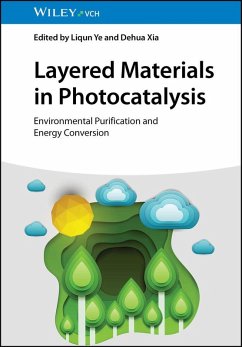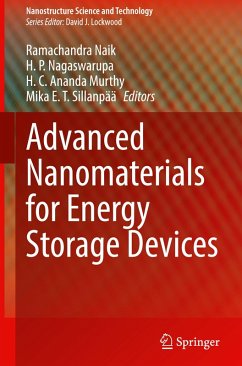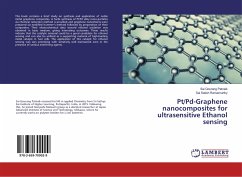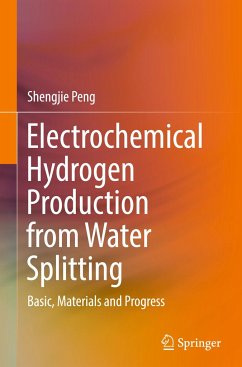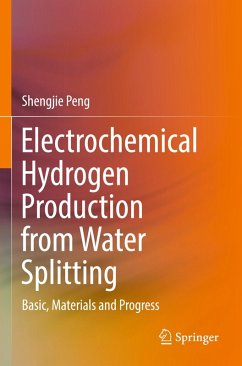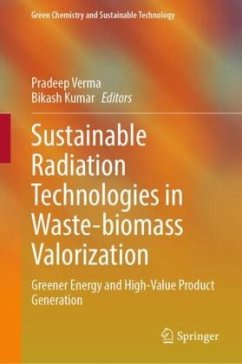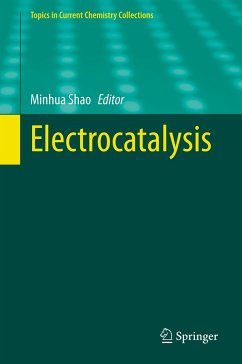
Photocatalysis for Environmental Remediation and Energy Production
Recent Advances and Applications
Herausgegeben: Garg, Seema; Chandra, Amrish
Versandkostenfrei!
Versandfertig in 6-10 Tagen
136,99 €
inkl. MwSt.

PAYBACK Punkte
68 °P sammeln!
This book explores the modification of various synthesis processes to enhance the photocatalytic activity in varied applications in the fields of environmental remediation and energy production. It outlines the enhancement of photocatalytic activity via alloys synthesis, thin film coatings, electro-spun nanofibers and 3D printed photocatalysts. The book further states the diverse applications of materials for degrading organic pollutants and airborne pathogens, improving indoor air quality and as a potential antimicrobial agent. The application of photocatalysts in green organic synthesis, bio...
This book explores the modification of various synthesis processes to enhance the photocatalytic activity in varied applications in the fields of environmental remediation and energy production. It outlines the enhancement of photocatalytic activity via alloys synthesis, thin film coatings, electro-spun nanofibers and 3D printed photocatalysts. The book further states the diverse applications of materials for degrading organic pollutants and airborne pathogens, improving indoor air quality and as a potential antimicrobial agent. The application of photocatalysts in green organic synthesis, biomedical field and in hydrogen evolution are also presented in the book. It covers theoretical studies of photocatalytic material and conversion of CO2 to value added chemical feed stocks. The book is of relevance to researchers in academia and industry alike in the fields of material science, environmental science & technology, photocatalytic applications andin energy generation and conversion.



